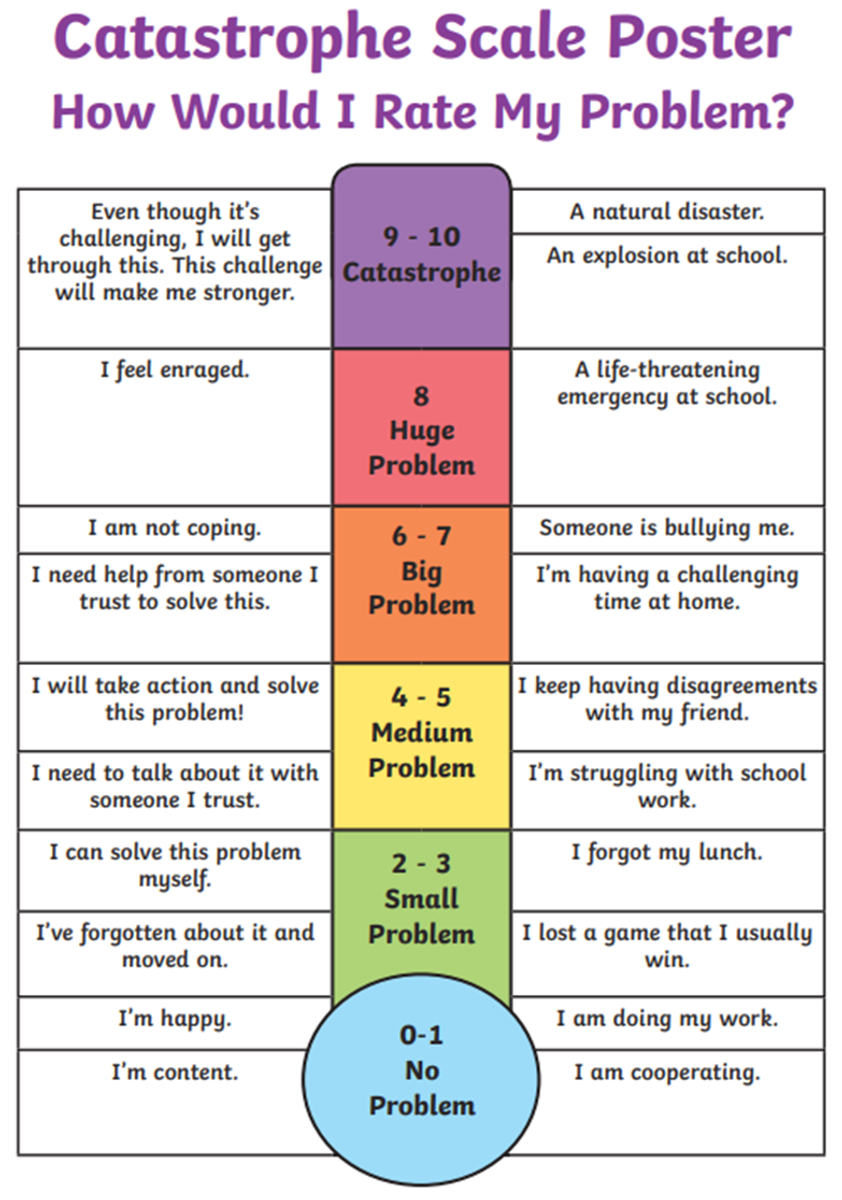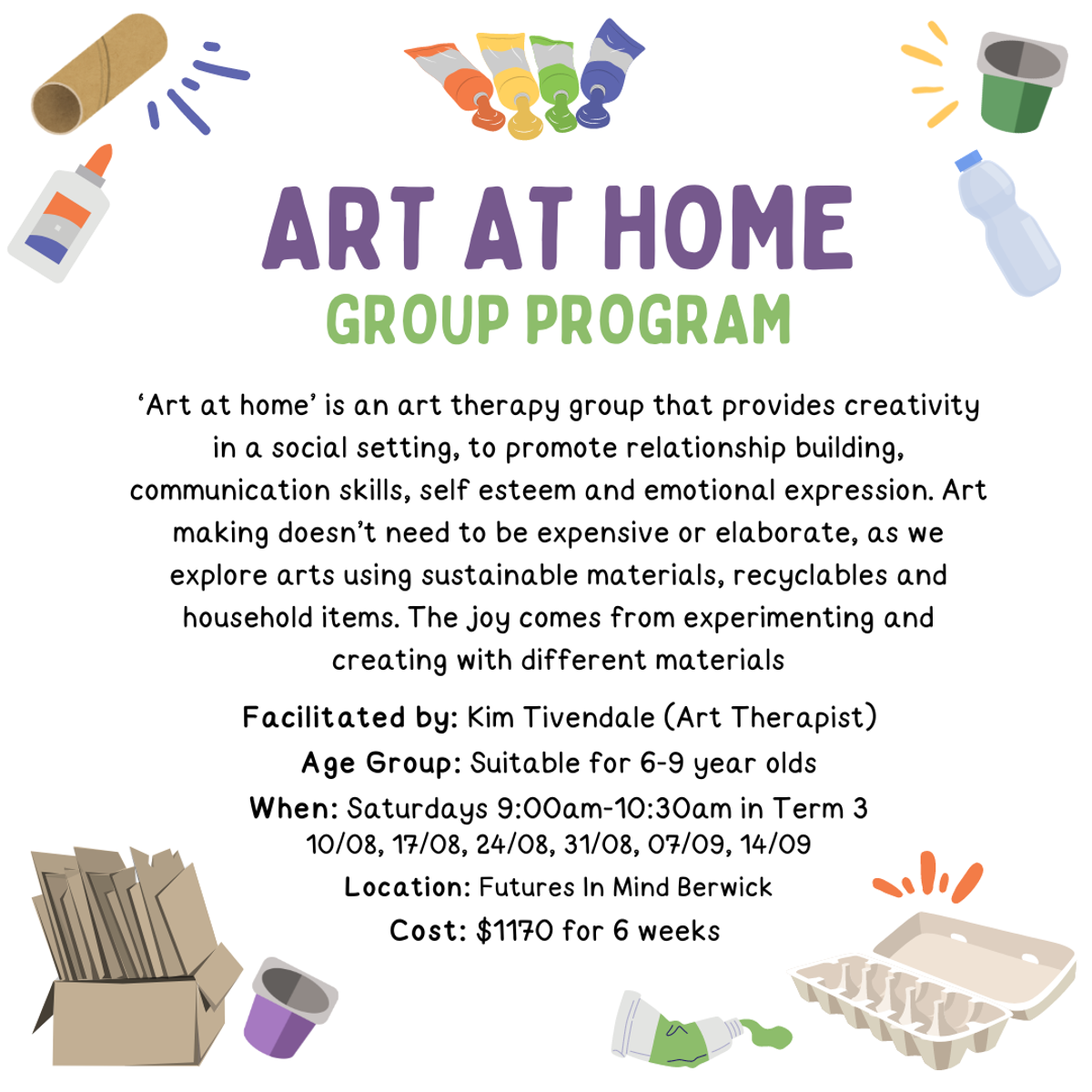A Message from Kim

Big Problems vs. Little Problems - What is a Catastrophe Scale?
Understanding the difference between big problems and little problems enables students to respond effectively to various situations. Little problems are those that can be solved independently and relatively quickly, while big problems require assistance from an adult or may take longer to resolve. Developing this skill is an essential aspect of Social-Emotional Learning, as it promotes self-awareness, decision-making, and responsible behaviour.
A Catastrophe Scale is a measurement system that helps children to put their problems and feelings into perspective. One of the greatest gifts that we can give our children is the gift of perspective, and with this comes resilience. Perspective is a skill which needs to be taught, learned and practised. Even with many years of practice, for many adults, putting things into perspective is not always easy and doesn’t come naturally. The Catastrophe Scale organises issues from 1 to 10, from most serious to least serious. The scale is a great reference for when children need to decide the severity of their issue.
To express your interest in this program fill out this form -
Art Therapy Group Expression of Interest (snapforms.com.au)
Responding to school reluctance or refusal: Strategies for parents
Researchers from Monash University and Deakin University have developed a set of free parenting guidelines for child and adolescent school reluctance & refusal. The evidence-based guidelines contain practical strategies for parents to respond to their child’s school attendance difficulties. Click on this link to read the full guide -
Responding to school reluctance or refusal -Strategies for parents


